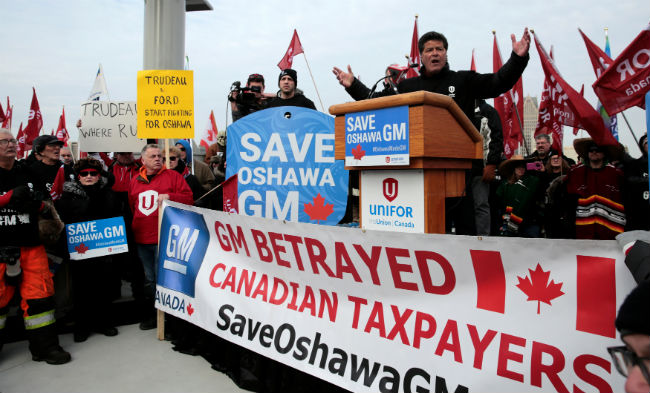#MeToo movement, diversity initiatives also having an impact

While top negotiating issues for both unions and employers remain fairly stable compared with years past, the management-labour climate is anything but status quo, according to Labour Relations Outlook 2019: Finding Stability in a Shifting Landscape from the Conference Board of Canada.




